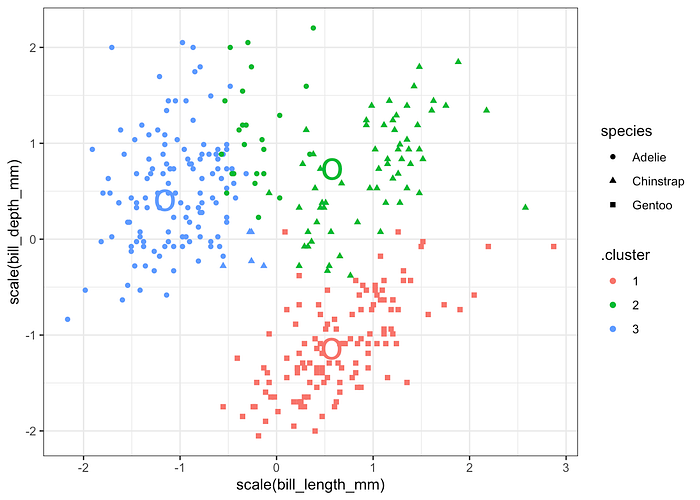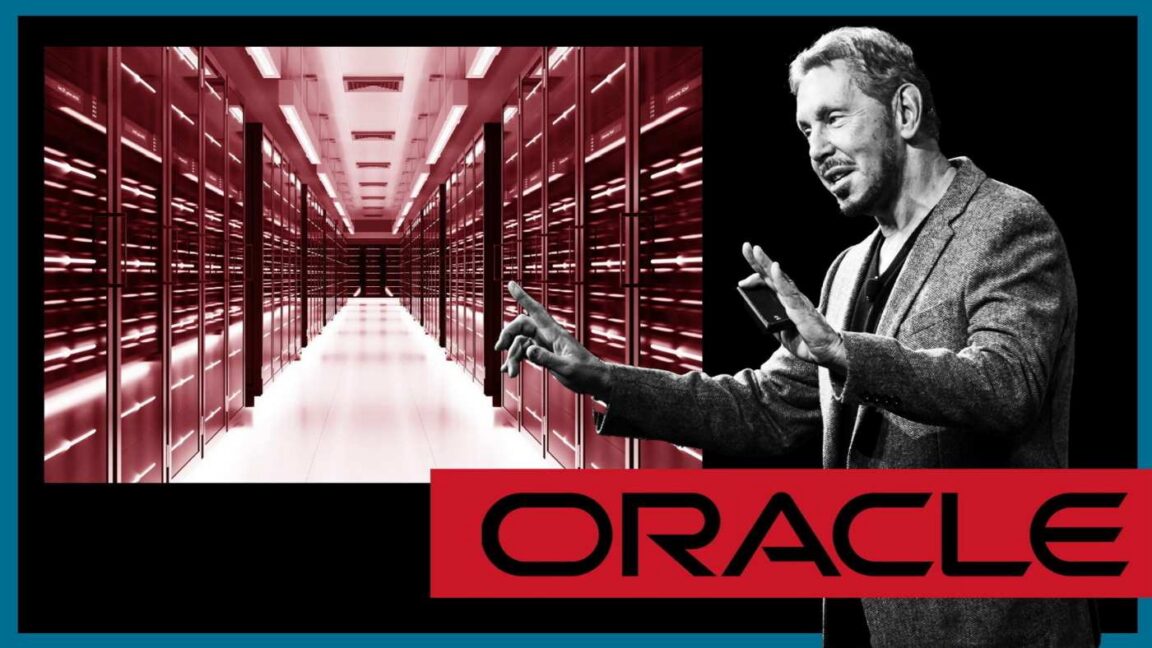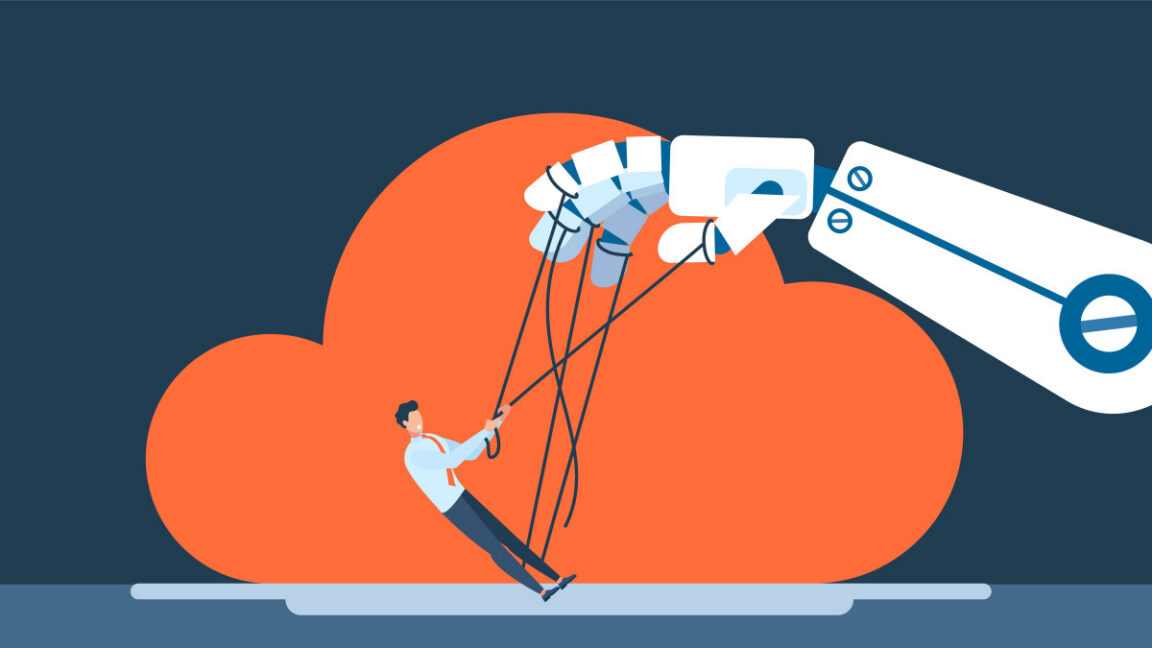Introduction to Unsupervised Machine Learning
Machine Learning can be broadly divided into two categories: supervised learning and unsupervised learning. While supervised learning deals with labeled data, where the goal is to predict an output, unsupervised learning deals with unlabeled data.
What is Unsupervised Learning?
Unsupervised learning is a type of machine learning where the algorithm is trained on unlabeled data, and it finds patterns, relationships, and groupings in the data on its own. The goal of unsupervised learning is to identify underlying structures or patterns in the data, such as clusters, dimensions, or anomalies.
Key Algorithms in Unsupervised Learning
Some of the key algorithms used in unsupervised learning include:
- K-Means: a popular clustering algorithm that partitions the data into K clusters based on their similarities.
- Hierarchical Clustering: a clustering algorithm that builds a hierarchy of clusters by merging or splitting existing clusters.
- DBSCAN: a density-based clustering algorithm that groups data points into clusters based on their density and proximity to each other.
Practical Applications of Unsupervised Learning
Unsupervised learning has many practical applications, including:
- Customer segmentation: unsupervised learning can be used to segment customers based on their behavior, demographics, and preferences.
- Anomaly detection: unsupervised learning can be used to detect anomalies or outliers in the data, such as fraudulent transactions or network intrusions.
- Data visualization: unsupervised learning can be used to visualize high-dimensional data and identify patterns and relationships that may not be apparent through other methods.
Evaluation Methods for Unsupervised Learning
Evaluating the performance of unsupervised learning algorithms can be challenging, as there is no labeled data to compare the results to. Some common evaluation methods include:
- Silhouette Score: a measure of how similar an object is to its own cluster compared to other clusters.
- Calinski-Harabasz Index: a measure of the ratio of between-cluster variance to within-cluster variance.
Conclusion
Unsupervised learning is a powerful tool for identifying patterns and relationships in data. By using algorithms such as K-Means, Hierarchical Clustering, and DBSCAN, businesses and organizations can gain valuable insights into their customers, products, and services. Whether it’s customer segmentation, anomaly detection, or data visualization, unsupervised learning has many practical applications that can help drive business success.
FAQs
- What is the difference between supervised and unsupervised learning?: Supervised learning involves training on labeled data, while unsupervised learning involves training on unlabeled data.
- What are some common applications of unsupervised learning?: Customer segmentation, anomaly detection, and data visualization are all common applications of unsupervised learning.
- How is the performance of unsupervised learning algorithms evaluated?: Evaluation methods include the Silhouette Score and Calinski-Harabasz Index, which measure the quality of the clusters and the separation between them.
- Can unsupervised learning be used for predictive modeling?: While unsupervised learning can be used to identify patterns and relationships, it is not typically used for predictive modeling, which is the domain of supervised learning.











